1. Hostess Chocodiles
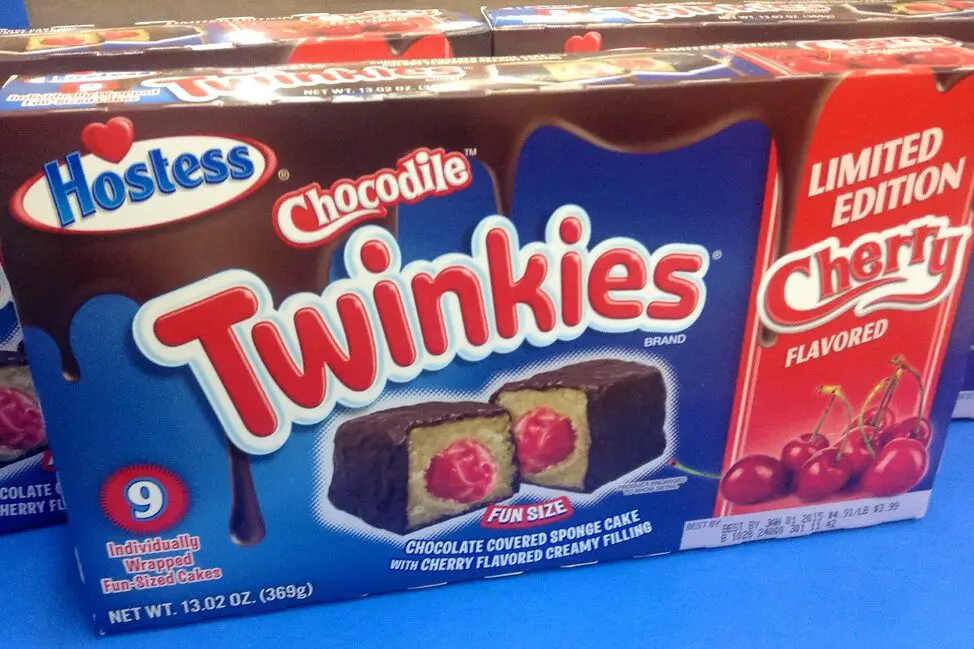
Chocodiles were the golden child of lunchbox treats, a west coast-only legend that felt like a delicious secret. Technically just chocolate-covered Twinkies, they had a cult following that swore they tasted completely different—richer, more indulgent. If your family vacationed out west in the ’80s or ’90s, you probably begged for one just for the novelty. And if your relatives didn’t have strong opinions about Chocodiles, were they even real Hostess fans?
They vanished in the early 2000s, leaving fans to wonder if they’d imagined them altogether. Hostess tried to bring them back later, but the magic was gone—the original regional mystery had been part of the charm. That shiny wrapper with the cartoon crocodile made you feel like you were in on something special. They weren’t just a snack, they were a vibe.
2. Jello Pudding Pops
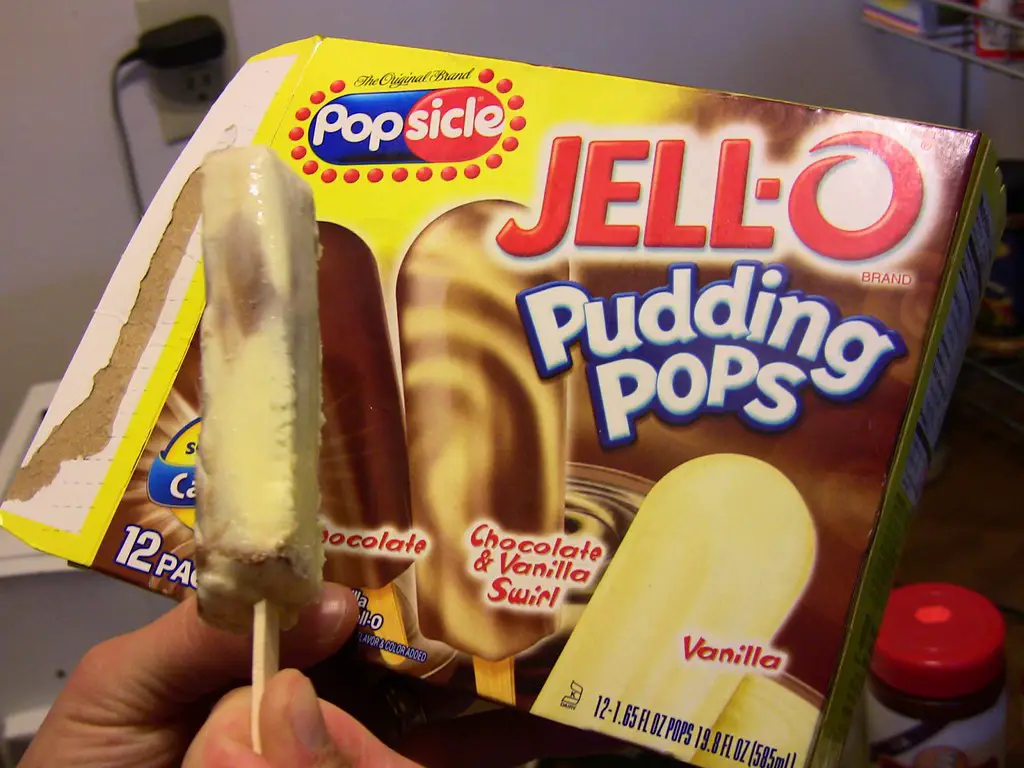
When Bill Cosby’s iconic commercials came on, entire households paused just to witness the creamy swirl of frozen pudding perfection. Pudding Pops were an invention that shouldn’t have worked—but somehow turned mushy fridge pudding into the most craveable freezer treat imaginable. Your parents likely stocked them in bulk, convinced they were a “healthier” choice than full-blown ice cream. They were a little icy, a little creamy, and absolutely genius.
Then, like a magician disappearing in a puff of smoke, they were gone. Kraft quietly pulled them from shelves, and no amount of pleading to store managers could bring them back. Kids of the ’90s still grieve the loss, remembering how the smooth texture somehow didn’t freeze solid like other popsicles. You didn’t just eat a Pudding Pop—you unwrapped it like a present.
3. Keebler Magic Middles
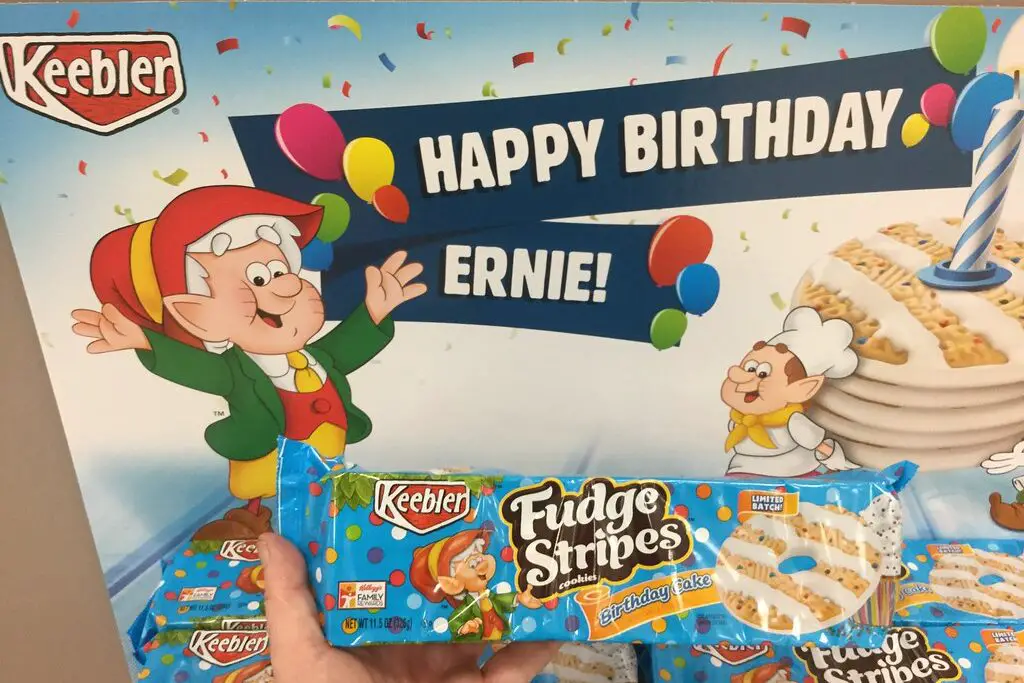
If you’ve never bitten into a soft cookie expecting nothing and been rewarded with a fudge or peanut butter explosion, you missed out on peak childhood joy. Magic Middles had this mysterious quality where the filling was always perfectly centered, never too much or too little. Keebler, with its elf-powered branding, sold the fantasy hard—and we all bought it without a second thought. Your parents probably tossed them into your lunchbox thinking they were just another cookie, but to you, they were sacred.
They disappeared sometime in the early 2000s, causing mass confusion and cookie grief. Loyal fans hunted for them online, even attempting bootleg recipes, but nothing quite hit the mark. Magic Middles were the unicorn of store-bought cookies: rare, magical, and fleeting. You might still dream about that perfect first bite.
4. Morton Frozen Donuts
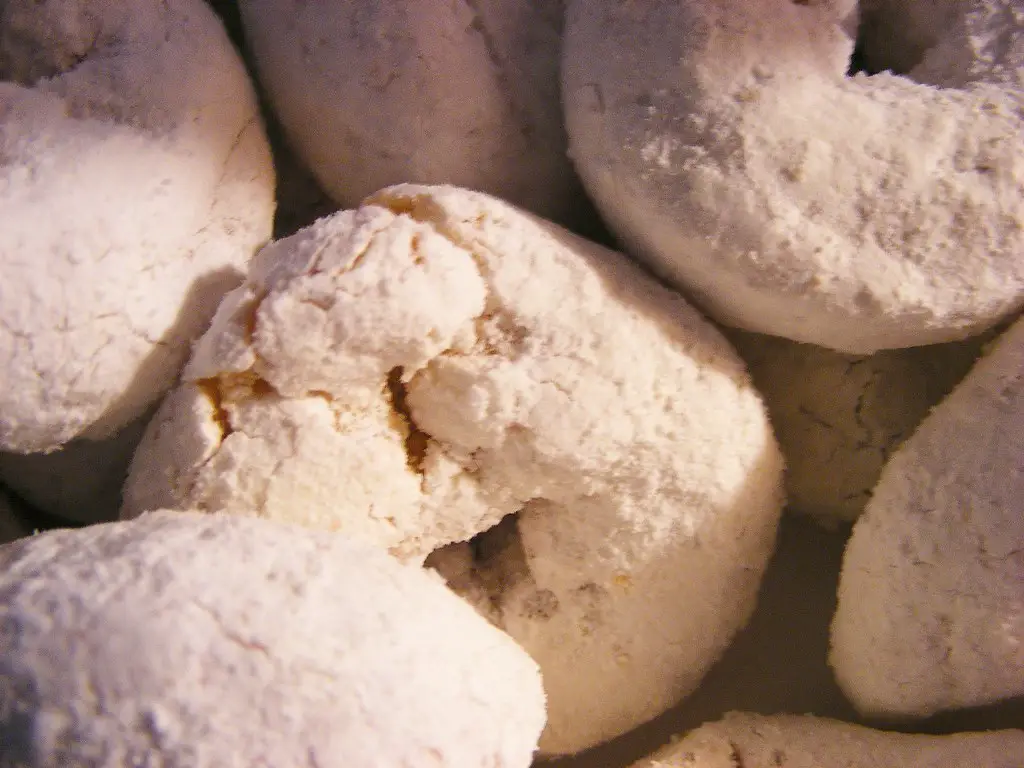
Before Krispy Kreme became a national craze, Morton Frozen Donuts were the at-home answer to sweet breakfast decadence. They came in a tray, wrapped in foil, and all you had to do was pop them in the oven to smell heaven. Parents loved them because they felt like “a homemade treat,” even if they came from the depths of the freezer aisle. Your Saturday morning cartoons likely had a Morton glaze pairing you didn’t even realize you cherished.
For whatever reason, Morton disappeared with barely a whisper. The brand faded, and suddenly grocery stores had holes where nostalgia should’ve been. Homemade donuts became more of an ordeal without those neatly packaged circles of joy. You might still scan the freezer section, hoping against hope for their return.
5. Hershey’s Bar None
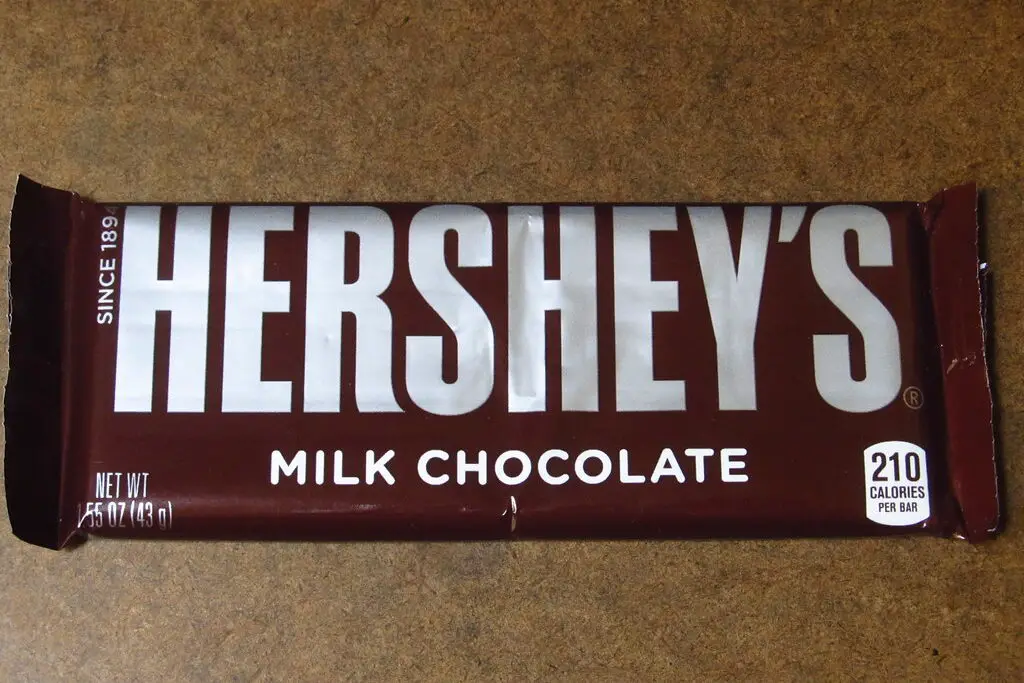
Imagine a candy bar with layers of crispy wafer, chocolate cream, and a thick chocolate coat—it was Hershey’s bold attempt to outdo the competition. Bar None entered the scene in the late ’80s and felt like a grown-up candy bar your older cousins swore was elite. It was rich, dense, and had a texture unlike anything else on the shelf. And for some reason, your dad always had one in the glove box.
In true tragic snack fashion, Hershey tinkered with the recipe until no one recognized it anymore. It was discontinued quietly, leaving only hushed tales of its former glory. Some boutique candy makers have tried to revive it, but it’s never quite the same. Bar None wasn’t just chocolate—it was personality.
6. Quaker Quisp Cereal
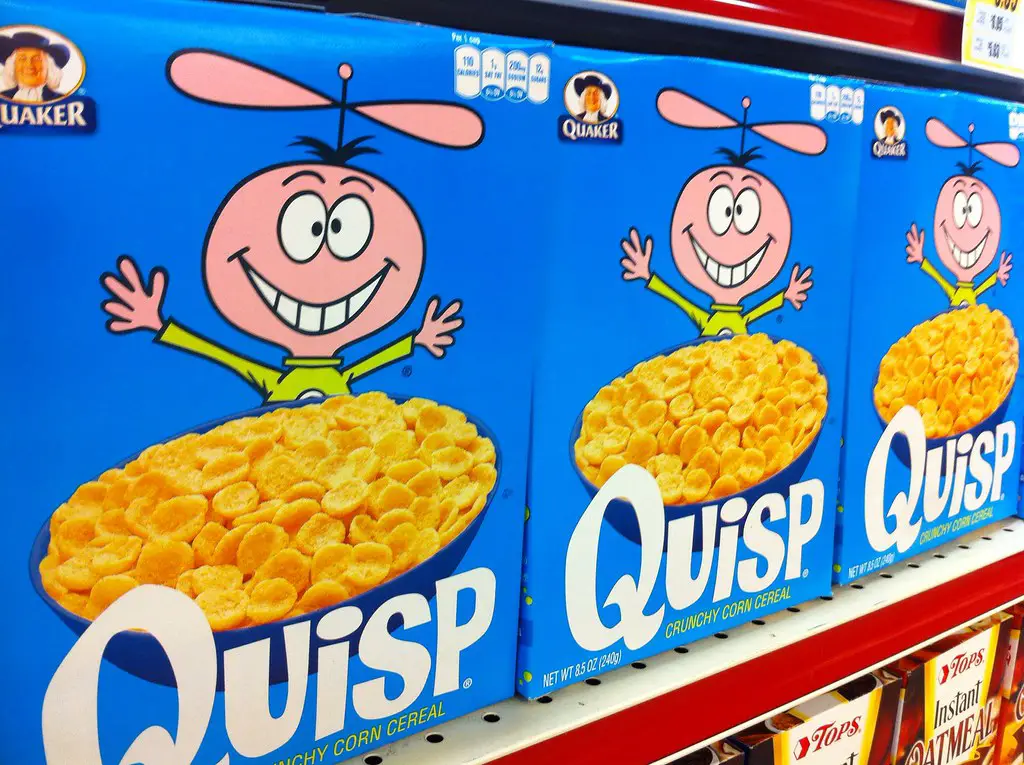
If your cereal didn’t have a cartoon alien on it, were you even eating breakfast right? Quisp was one of those quirky, sugary cereals that felt like it shouldn’t exist—but you were so glad it did. The little saucer-shaped corn bits were crunchy, addictive, and left the best cereal milk behind. Your parents probably bought it to appease your inner astronaut, and you believed it was secretly developed by NASA.
It fizzled out a couple of times over the decades, making surprise comebacks only to disappear again. For a time, you could order it online, which made it feel like a forbidden luxury. Quisp fans are some of the most dedicated cereal truthers out there. Even in a world dominated by Cheerios, they still ask for alien cereal.
7. Smurf Berry Crunch
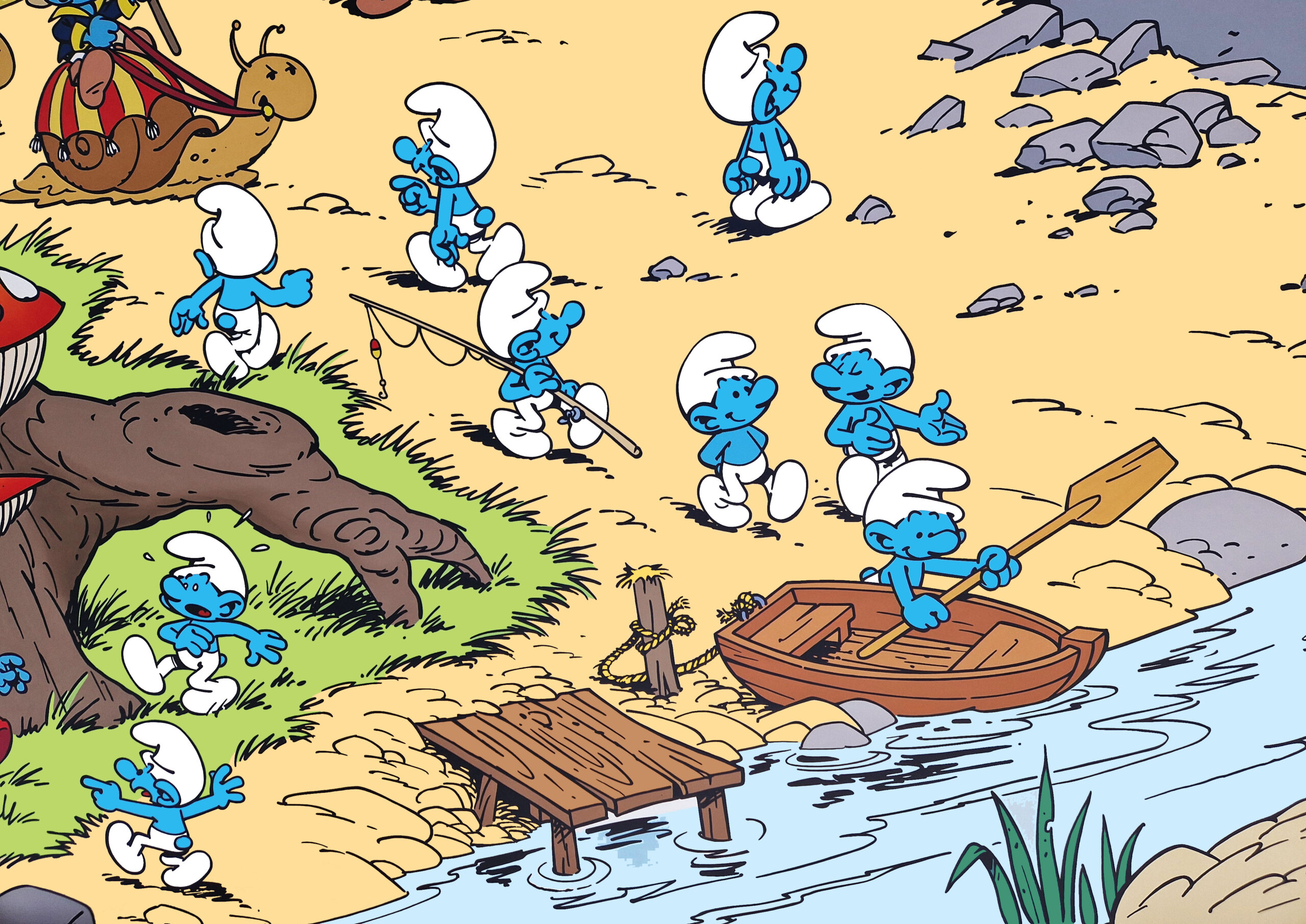
Smurf Berry Crunch was less cereal and more cultural movement. If your family watched Saturday morning cartoons together, this was probably your honorary Smurf fuel. Bright red and purple fruity puffs filled your bowl, stained your fingers, and—let’s be honest—were 90% sugar. Parents went along with it because they trusted the Smurfs to keep it wholesome.
Eventually, the Smurfs lost their retail power and the cereal was gone, just a neon memory in cereal history. Kids traded boxes like black market goods during sleepovers, trying to hold on to a fading snack legend. There’s something about branded cereals that feels personal, and Smurf Berry Crunch was your brand. You didn’t just eat it—you felt part of the village.
8. Butter-Nut Coffee
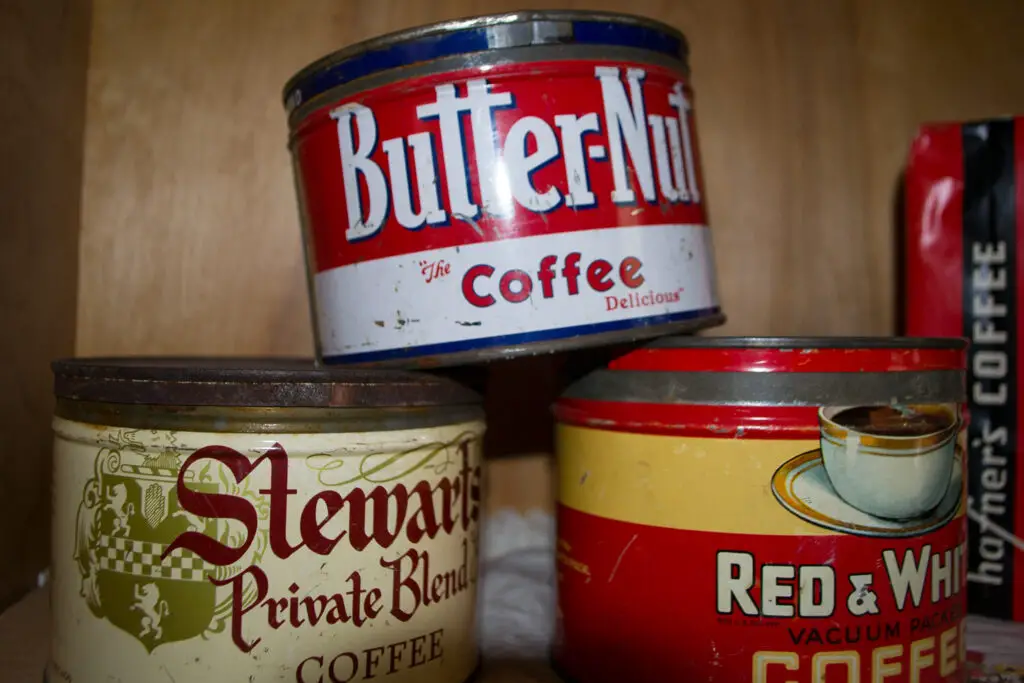
This was your grandparents’ brand, before coffee became a lifestyle and baristas had tattoos of pour-over cones. Butter-Nut was rich, robust, and oddly smooth—your family probably brewed it in a percolator and didn’t even question if it was “artisanal.” It came in a familiar red tin, stacked next to the flour, and smelled like waking up early to make something happen. You didn’t need fancy jargon when Butter-Nut brewed in the kitchen.
Its disappearance felt like watching a piece of Americana evaporate. Smaller brands took over the nostalgic space, but none quite had that comforting old-school identity. Butter-Nut was coffee that knew who it was: simple, strong, and dependable. To this day, some folks still scout estate sales hoping to score a vintage can.
